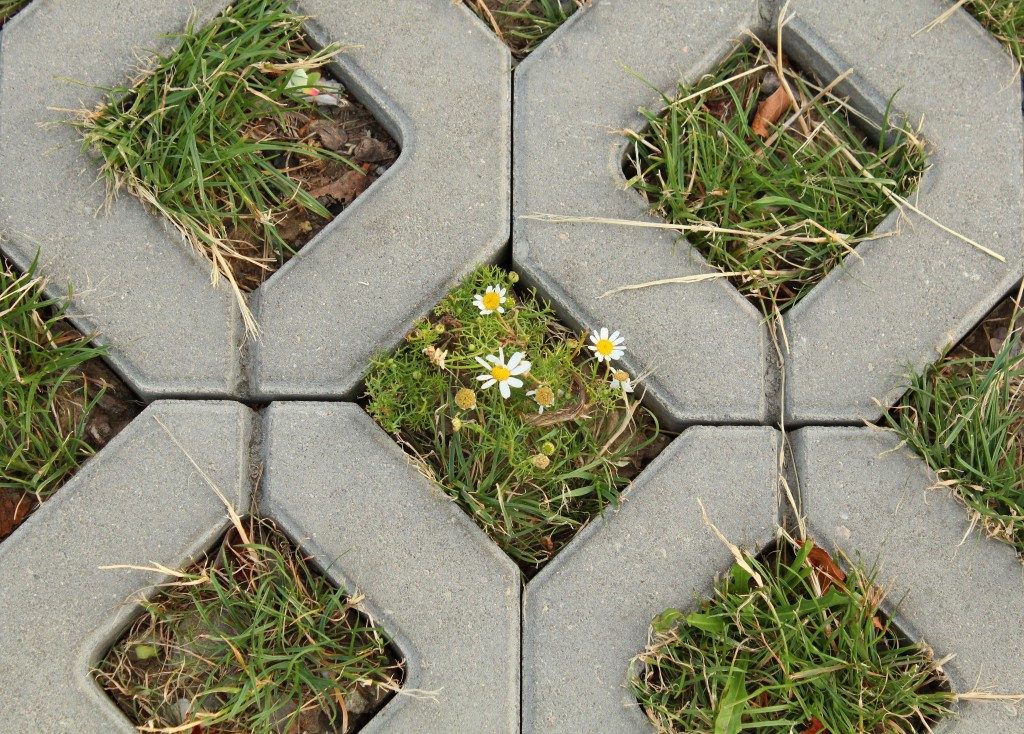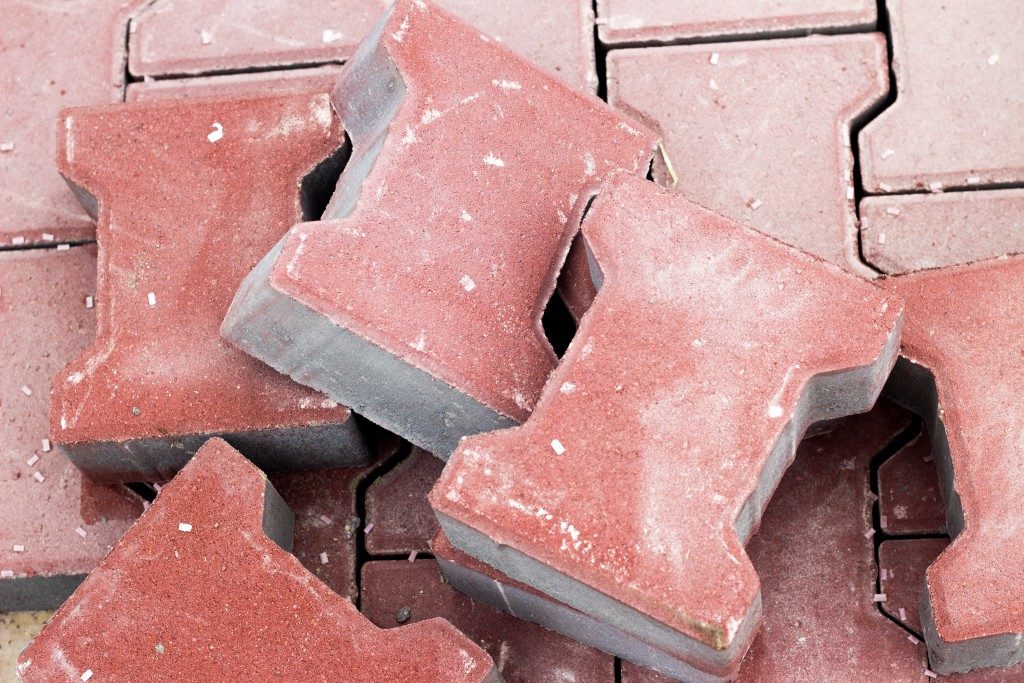Paver bricks and stones usually sink with time. However, if yours are sinking prematurely even after relaying them, you have a reason to worry. The good news is that such a problem is solvable. All that you need to do is find the cause of the problem. You should also be careful not to make the same mistakes when repairing or relaying the pavers. This article highlights the common causes of sunken pavers.
Poor Drainage
Drainage issues affect your paver sidewalk or patio. When the ground underneath the pavers erodes, the pavers begin to sink. Chances are, the pavers will crack as well. When the pavers drop, they result in water collecting in the sunken areas. This can result in the water collecting underneath your patio.
In some cases, this water can flow toward your home and destroy its foundation. It is advisable to channel away all water from your patio or sidewalk. If your gutters break or clog, repair them immediately.
A Poorly Compacted Base
Mistakes with compacting when constructing your sidewalk or patio can cause dips later on. Most homeowners make the mistake of assuming that large sidewalk pavers do not require a highly compact base. While it is true that such pavers occupy a larger surface area, they will sink if the soil underneath is loose. If you had to dig up the ground before installing the pavers, especially to remove tree stumps, you have to compact the soil conclusively before laying your pavers. Consider adding gravel to the base.
Poor Leveling
If you did not level your space appropriately before laying your pavers, they would never be level. Poor leveling also means uneven pavers, which can be a dangerous trip hazard. It is essential to learn how to level the ground before removing and relaying your pavers. Using a string and a level can help you determine how level the ground is. Since leveling can be tricky, it pays to seek the services of seasoned paving contractors.
Lack of Paver Edging
You need an edging to contain your pavers. This is because they usually shift, especially under weight. If you notice that your pavers are moving along the edge of the sidewalk or patio, it shows that they are shifting from the rest. Understand that a poorly laid edging can cause shifting, too. To get edging right, start with the paver base. Ensure that it goes a couple of inches beyond the edges of your pavers. If the edging goes into the bottom, it will have a firm footing.
Spaces Between Pavers

Spaces between pavers not only cause sinking but also problems with weeds. They can be unsightly, too. If you made mistakes when laying your pavers, it is crucial to remove them and relay them without leaving gaps between them. If there were no gaps in the past, check whether your base or edging is faulty before taking any action.
Laying a paver sidewalk or patio is a costly investment. This makes it essential to take measures to ensure that your investment lasts as long as possible. For best results, it is advisable to entrust the work to experts.

